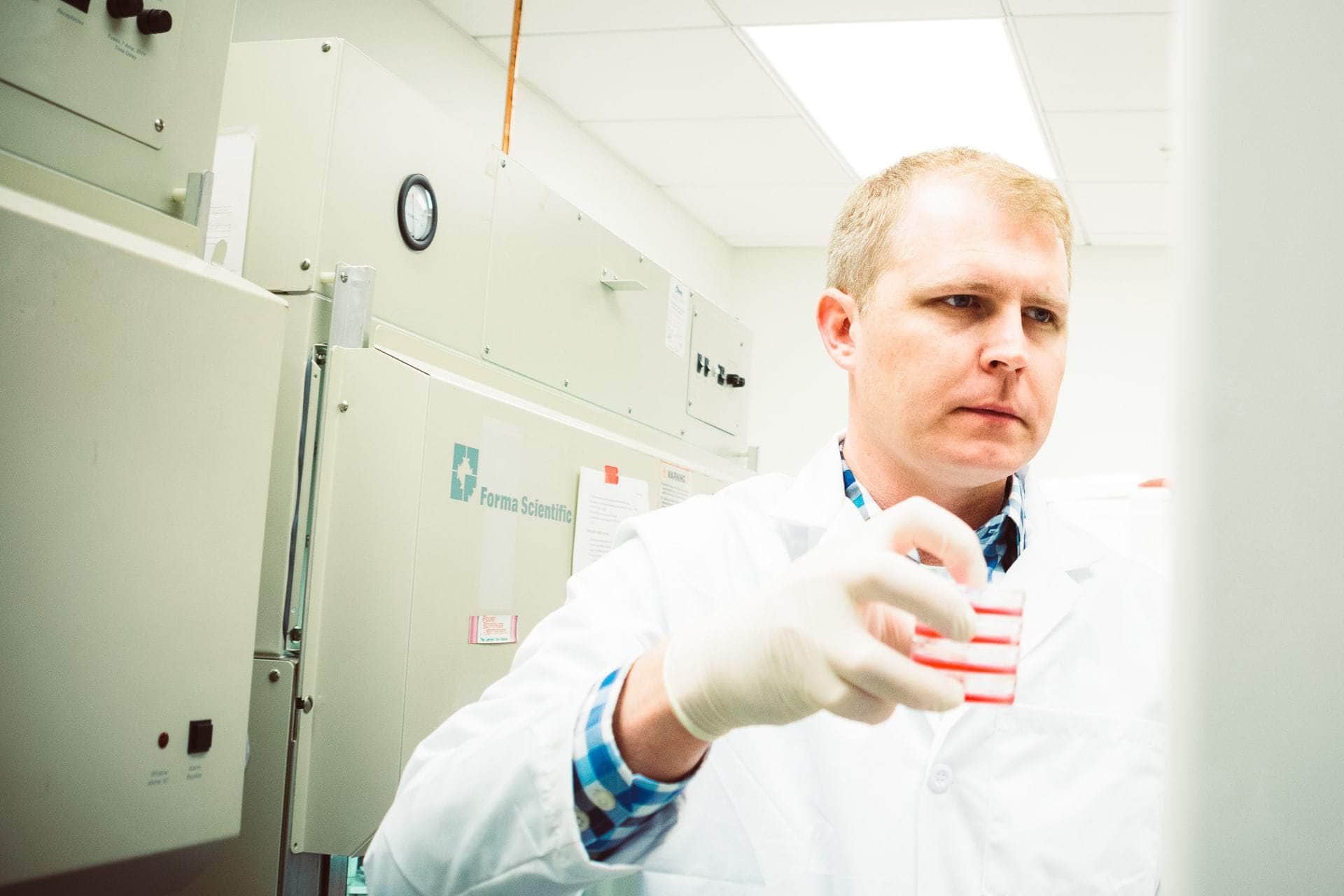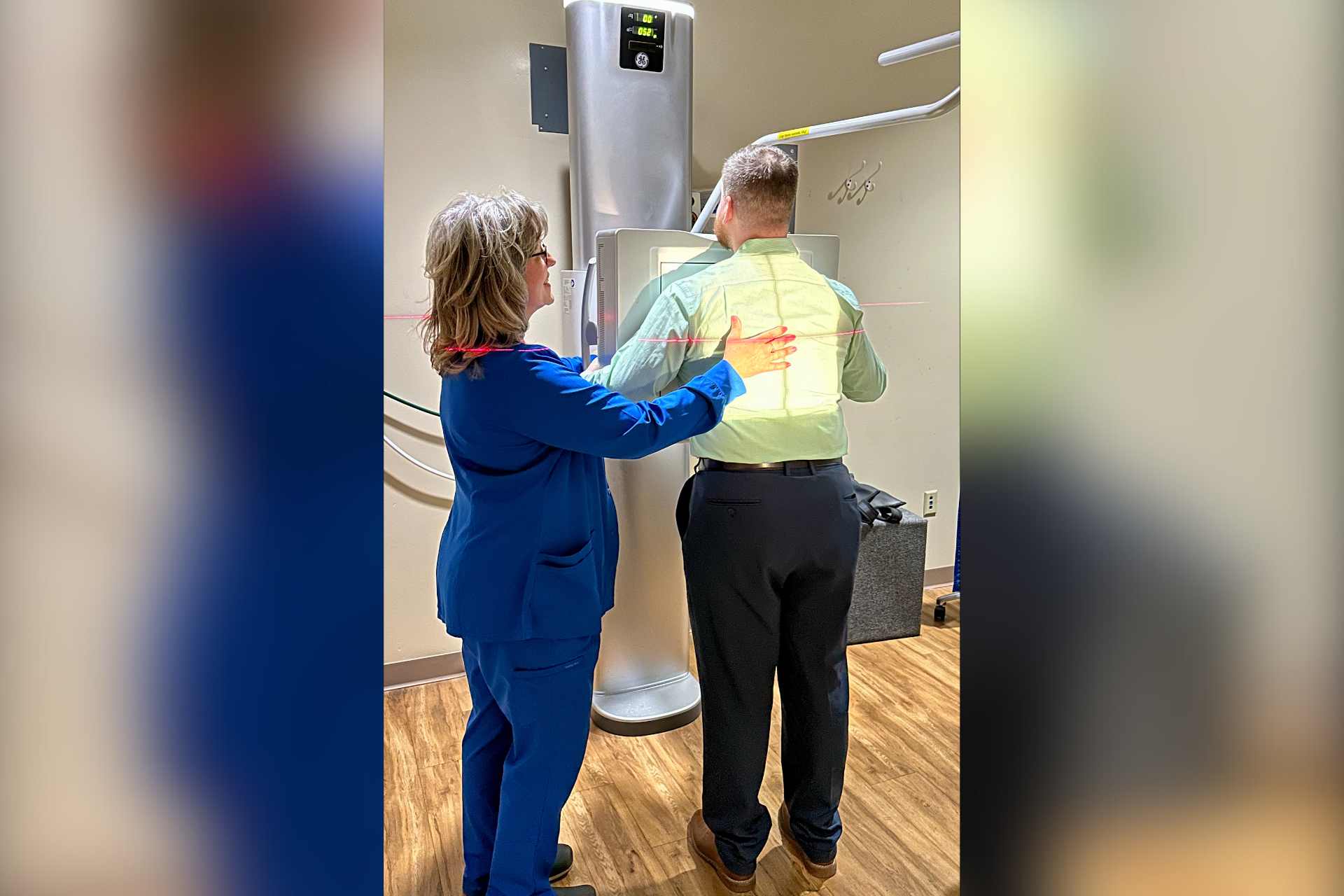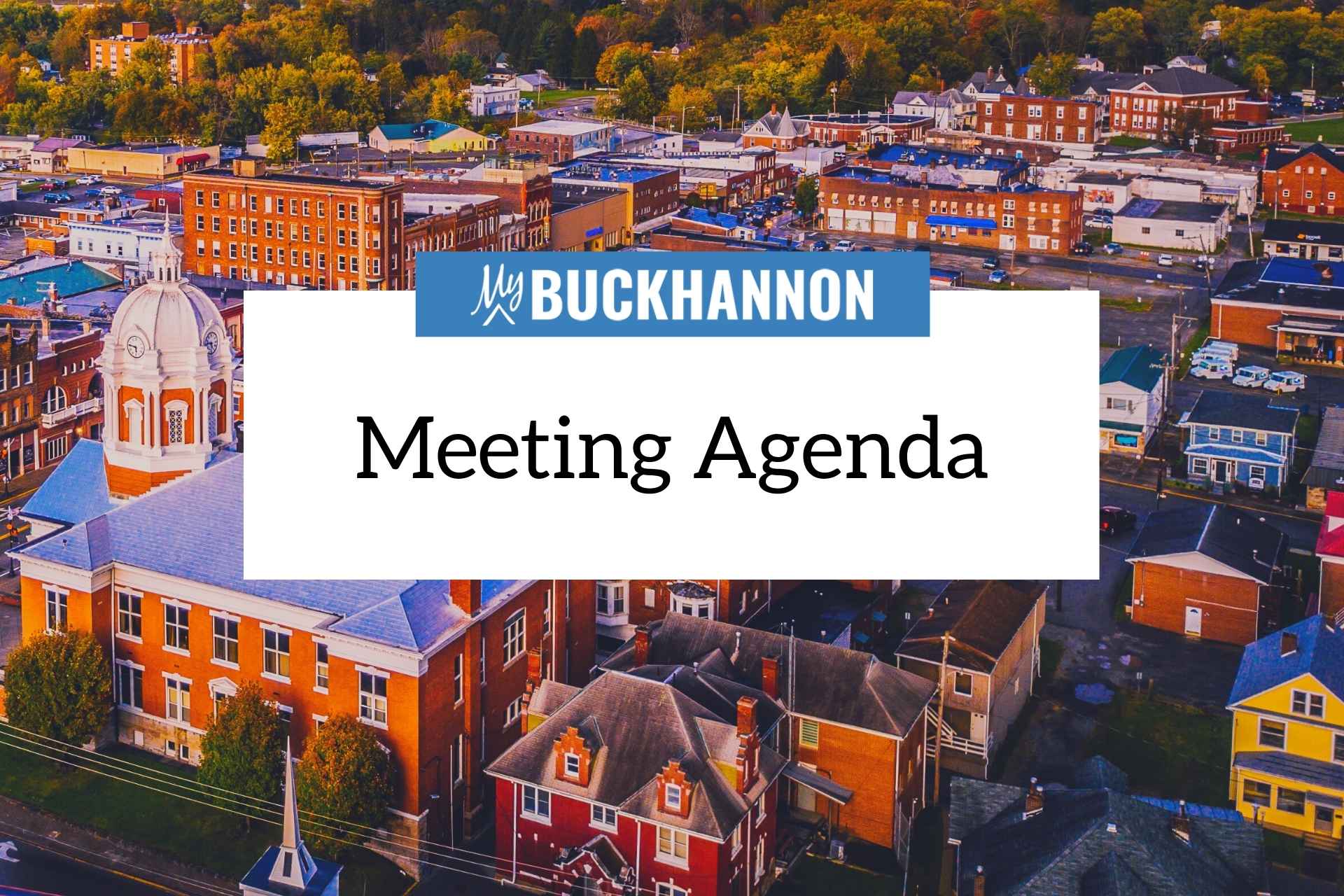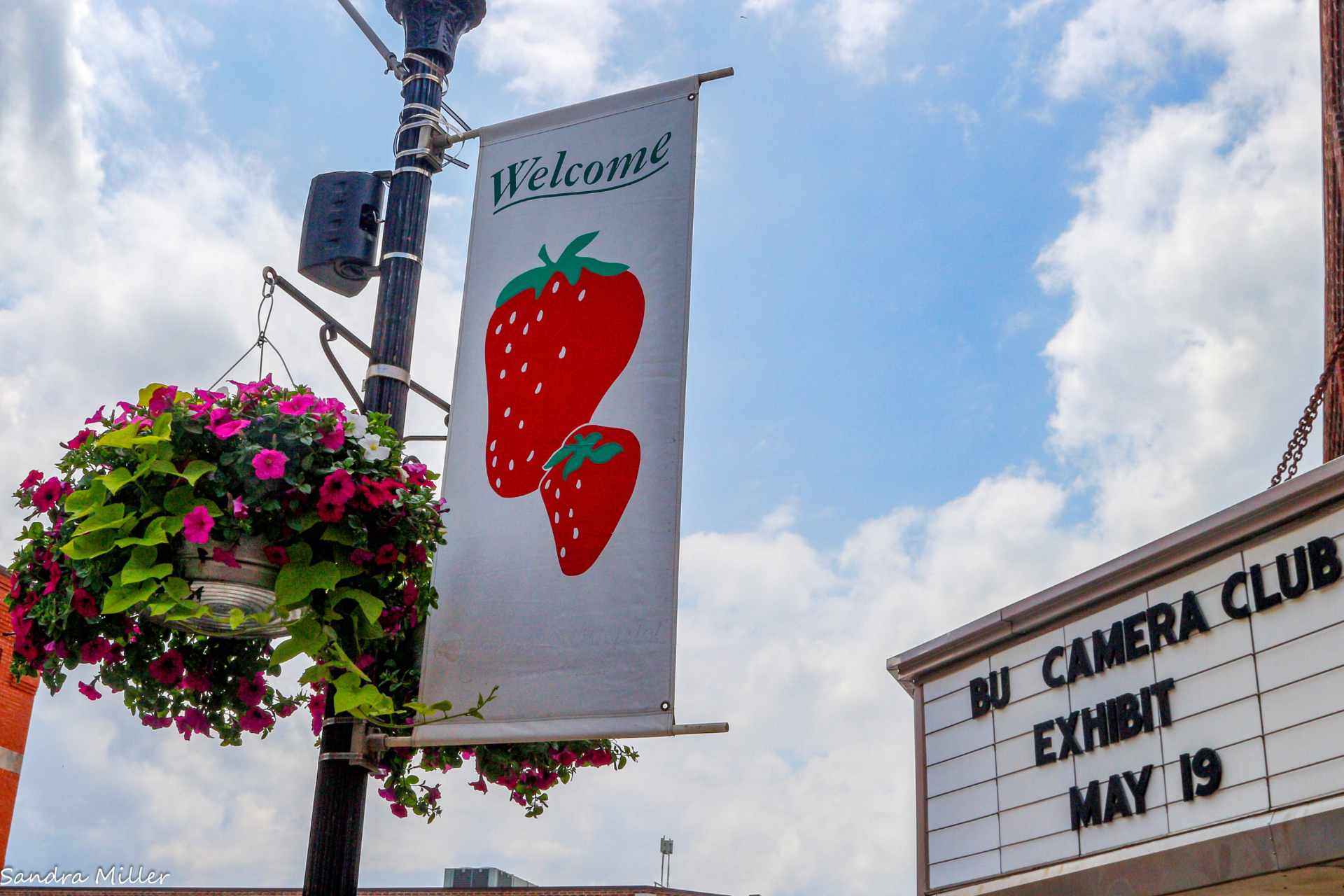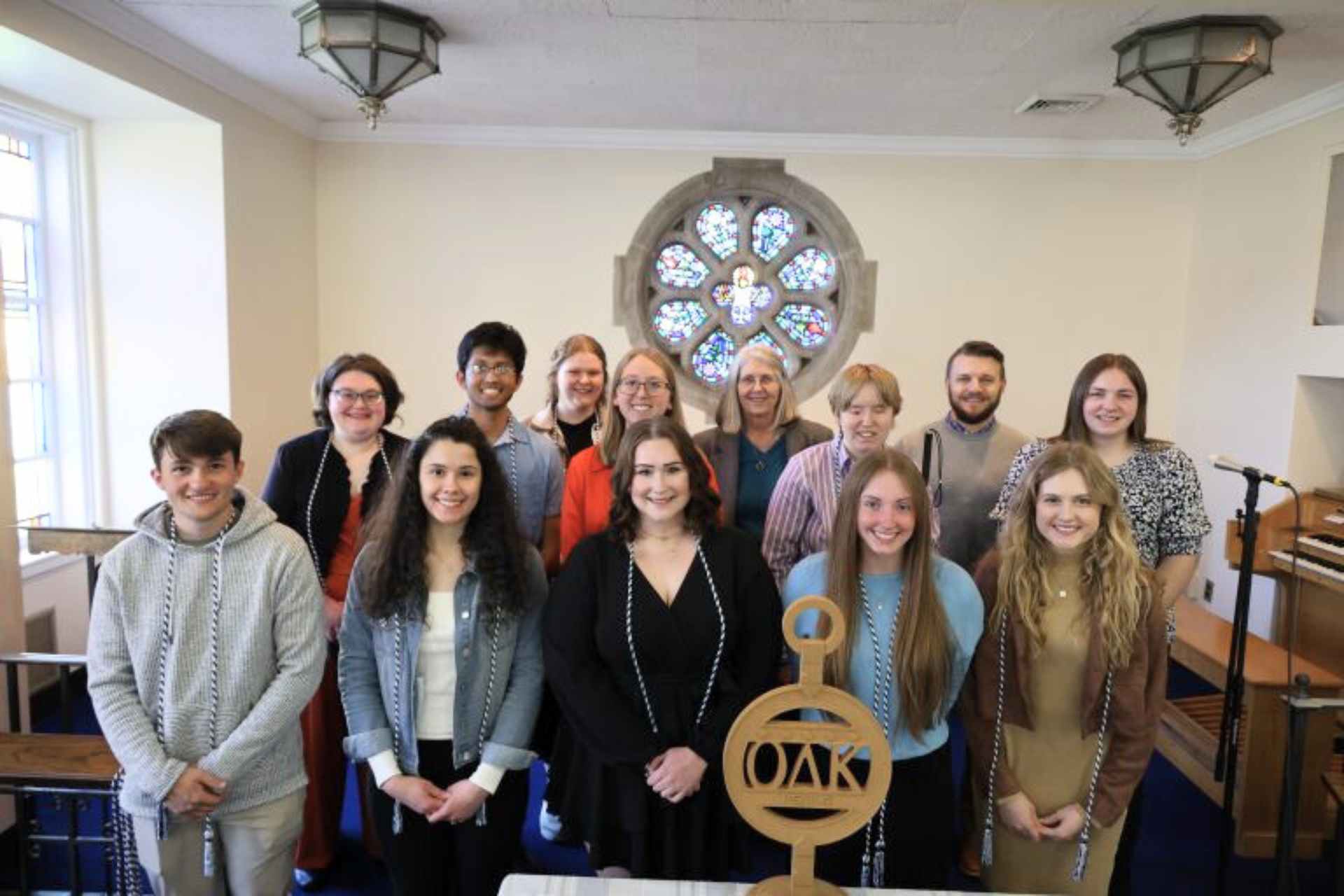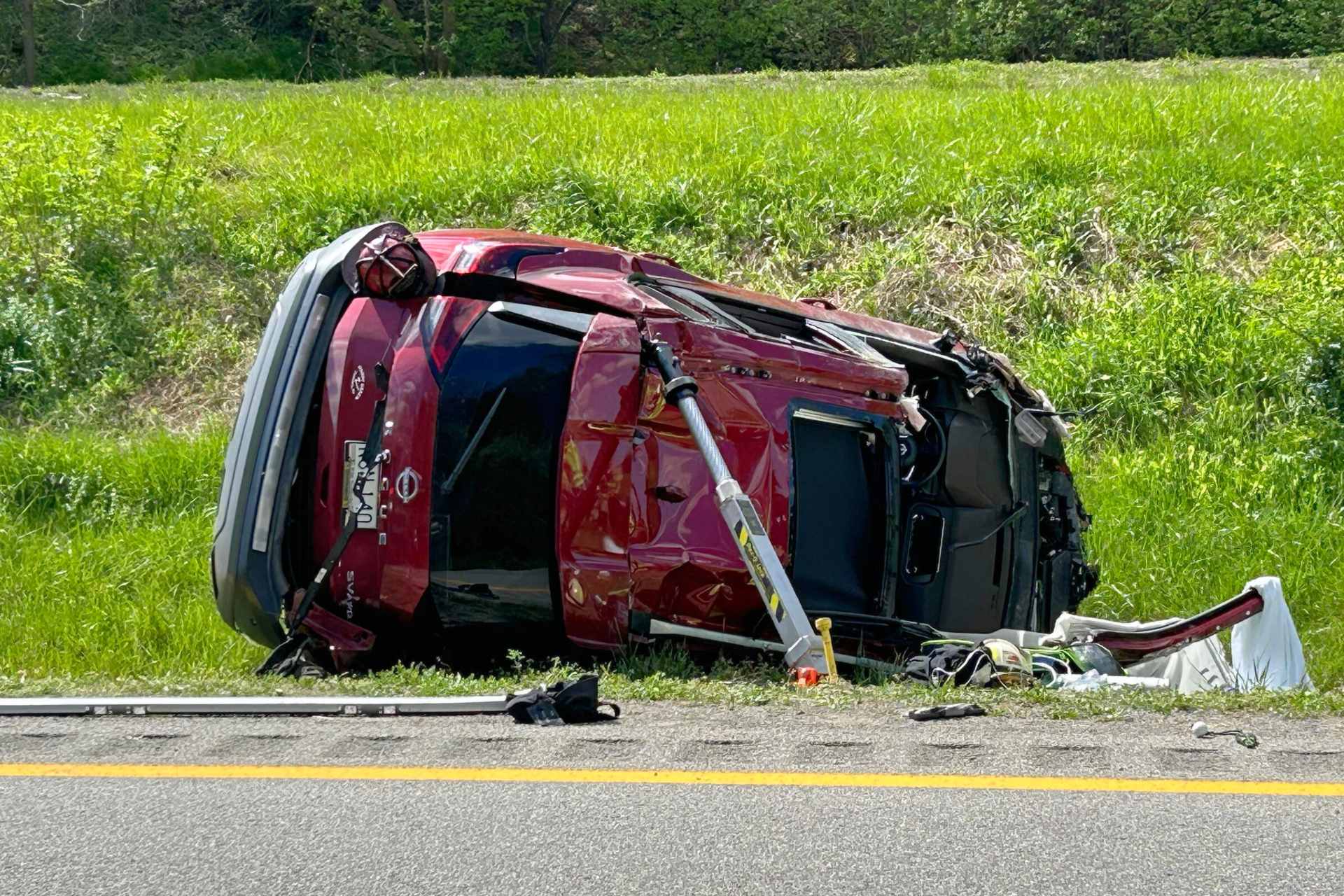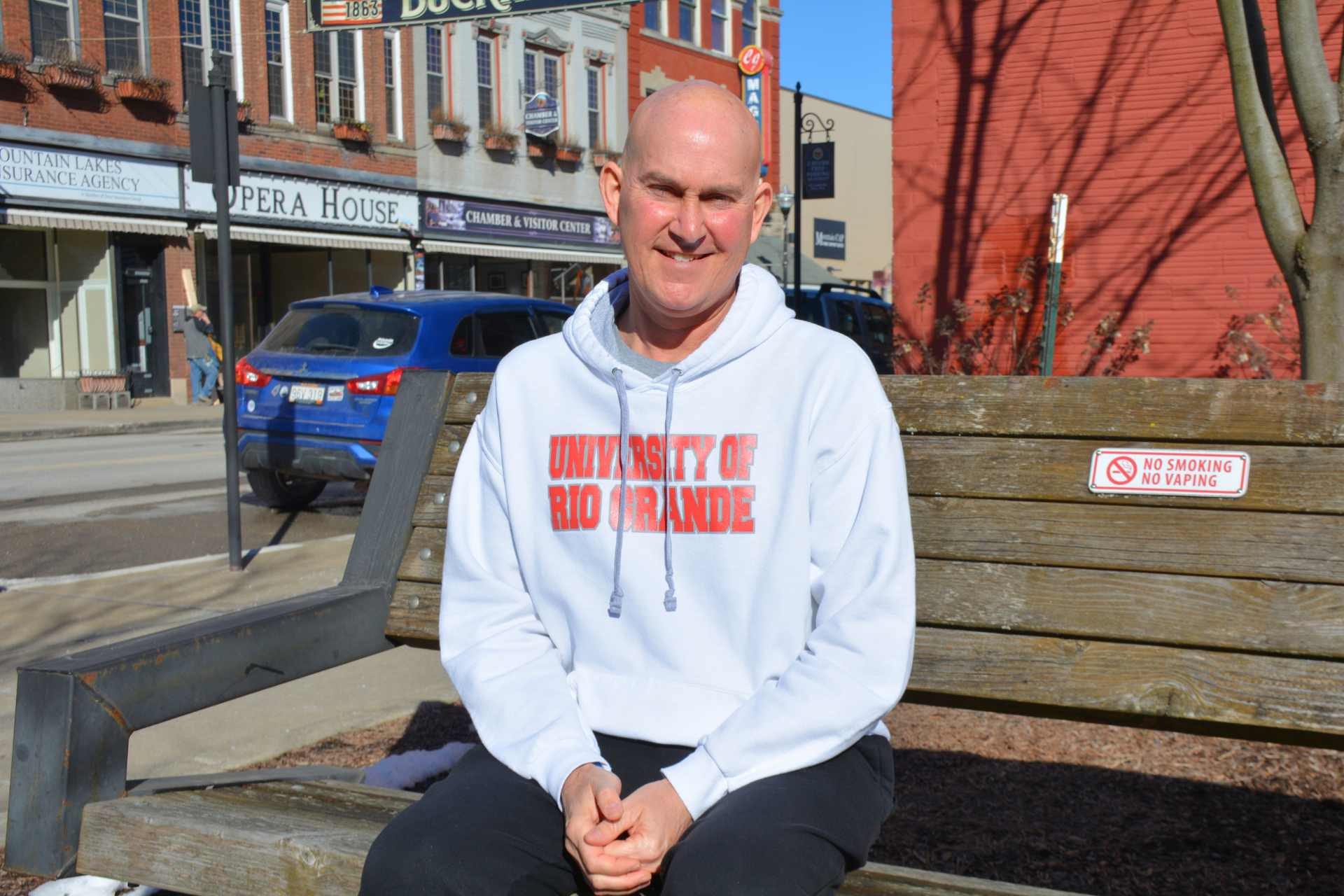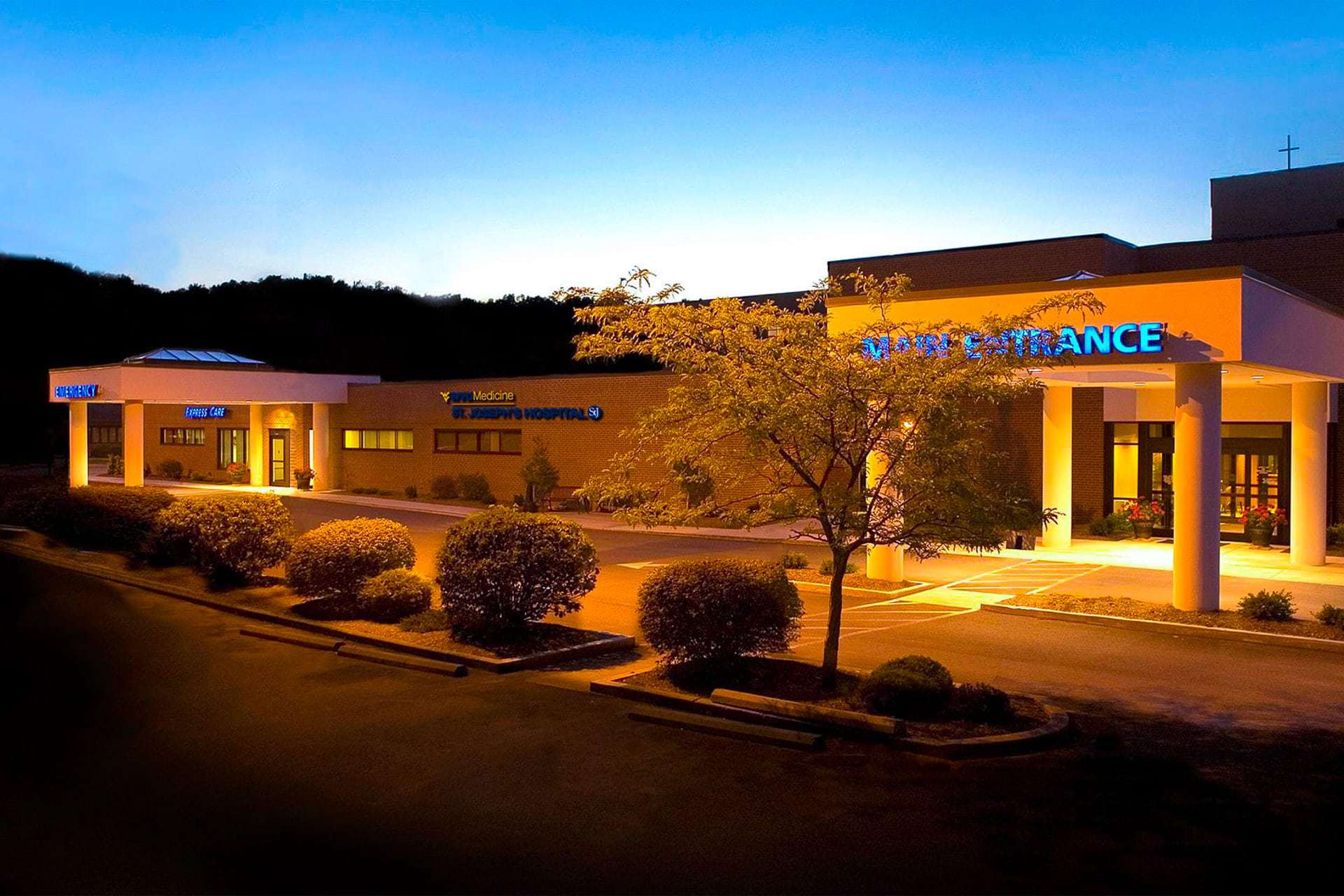Inflammation can be a good thing. If you burn yourself, it helps your skin heal. If you eat contaminated food, it helps you fend off a stomach bug. But scientists don’t fully understand the role inflammation plays in neurological diseases like multiple sclerosis, stroke and dementias. And they don’t know how to control pathological inflammation without interfering with the beneficial kind.
West Virginia University neuroimmunologist Gordon Meares wants to find out. In a recently published study—which was led by Neil Sprenkle, a former master’s student at WVU and current PhD candidate at Vanderbilt University—Meares and his colleagues explored how inflammation spreads throughout the brain and protects or imperils brain cells. The National Institutes of Health has funded their work. Meares is also supported by the West Virginia Clinical and Translational Science Institute.
The researchers have discovered that brain cells secrete particular molecules to notify each other of looming threats. “It’s like an early-warning system,” said Meares, an assistant professor in the School of Medicine and Rockefeller Neuroscience Institute. “One cell can warn the others, ‘There’s something around here that may be damaging. Get ready!’ And those cells can turn on a pathway ahead of time to help them deal with it.”
The research team is focusing on a part of the cell—called the endoplasmic reticulum—that folds proteins into the right shape for them to function. Occasionally the ER folds a protein improperly. Under normal circumstances, the cell senses the mistake and fixes it or eliminates the misfolded protein. But sometimes the ER incorrectly folds so many proteins that the cell can’t repair them—or get rid of them—fast enough. As the misfolded proteins accumulate, the ER becomes stressed. In turn, ER stress triggers inflammation.
“We’re looking at how ER stress is driving inflammation,” Meares said. “We’re looking at the mechanism underlying that.”
There goes the neurological neighborhood
First the team isolated a sample of brain cells and artificially evoked ER stress in them. Then the researchers removed some of the medium the cells were living in and added it to a separate sample of brain cells. This way, they re-created the conditions found in the brain, where diverse cells coexist in the same environment. “You’ve made them neighbors,” said Savannah Sims, a member of the research team and Ph.D. candidate in the WVU Department of Microbiology, Immunology and Cell Biology.
Even though the original cells never shared a “neighborhood” with the healthy ones, transferring the medium was enough to prompt an ER stress response in them, too. This was the case even though the second community of cells never had any problems with misfolded proteins.
A secretion seems key to transmitting the ER stress response. “When the cells were experiencing ER stress, they produced something—we don’t know what yet—that would cause other cells to also promote an ER stress response even though those cells were not actually experiencing stress,” said Meares. “The stress response spreads.”
Too much of a good thing
At first, the secretion was protective. When the researchers flooded the second community of cells with misfolded proteins, the cells coped well and did not respond stressfully. But over time, the secretion stopped being beneficial, and the cells died.
“If the ER stress is more than the cell can handle, it won’t try to fix or degrade the misfolded proteins anymore. The cell will kill itself intentionally to save the organism,” Meares said.
The researchers plan to identify the secretion’s chemical composition, explore its function in the ER stress response and analyze how it fosters inflammation. What they discover may inform the development of new drugs that slow the progression of neurodegenerative diseases—or at least ease their symptoms.
“We don’t completely understand how inflammation and ER stress pathways are connected,” Sims said, “but by understanding the basic mechanisms, we can elucidate better strategies for treating neurological diseases that do not yet have effective therapeutics. What we’re really interested in is learning how to regulate the inflammatory response so that it’s happening in the right place, at the right time.”
